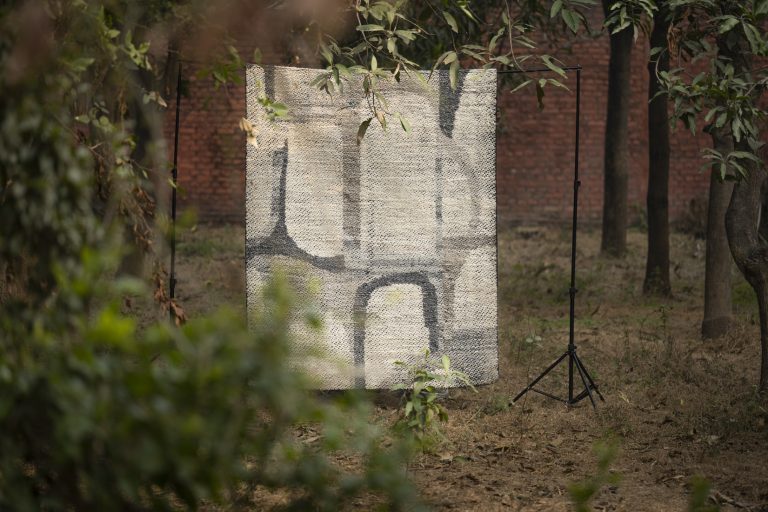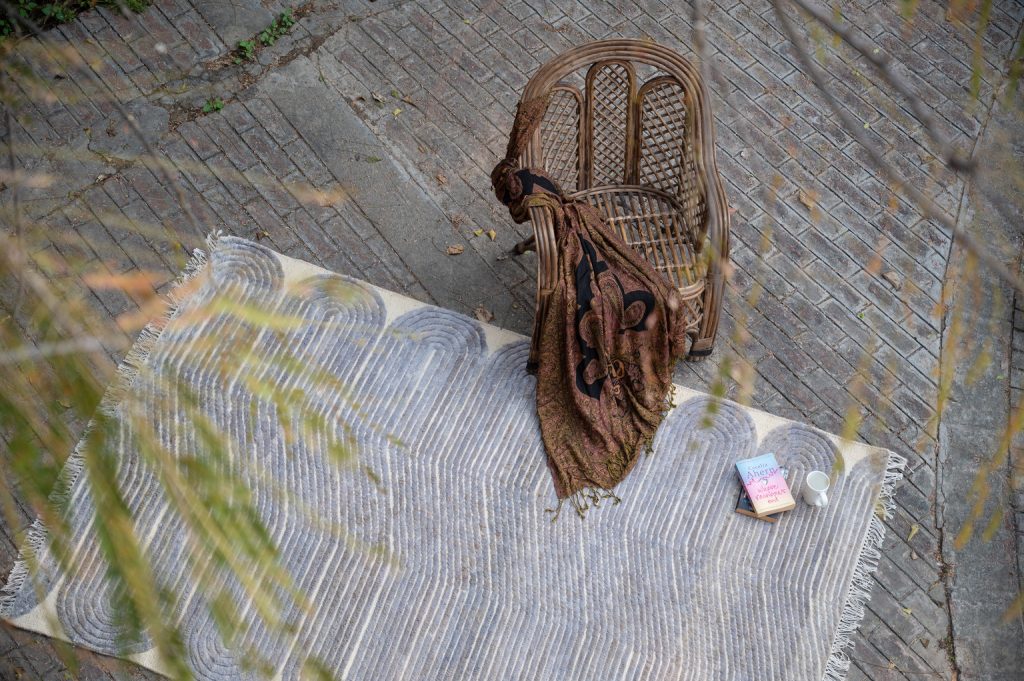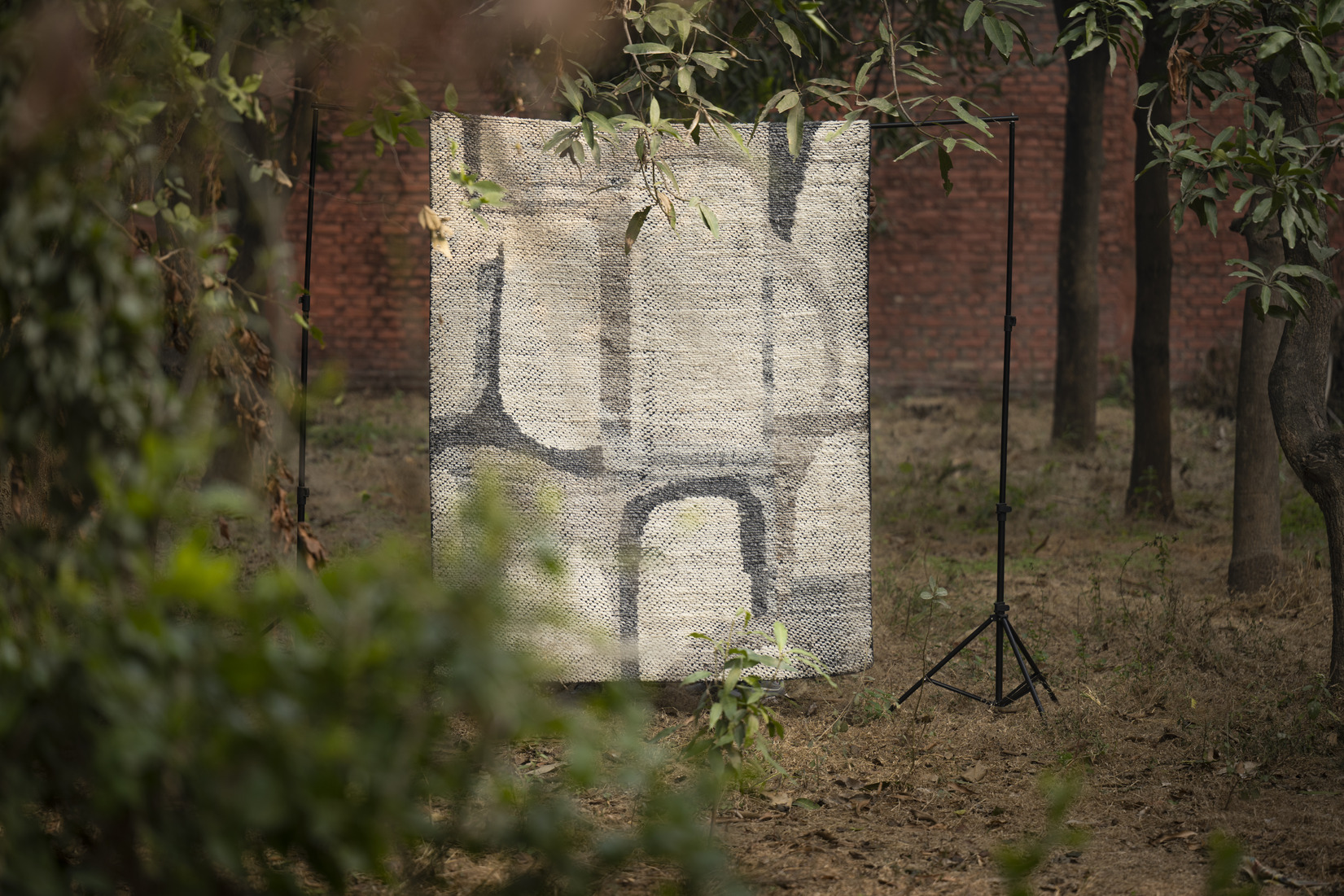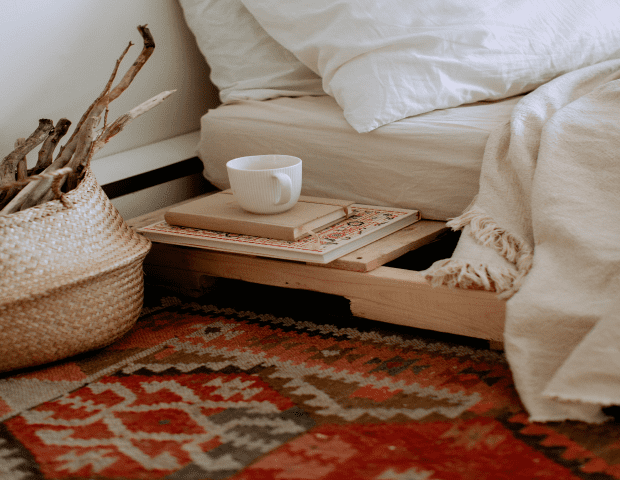
- August 20, 2023
Elevating Senses: How Interior Design Serves Human Senses?

A Feast for the Eyes
The sense of sight plays a pivotal role in the perception of space. Allowing to perceive the beauty and harmony of the surroundings with the use of colours, textures and patterns creates visual interest is the essence of design for sight. For instance, a vibrant colour palette with bold hues can evoke energy and creativity, while a serene and monochromatic scheme can promote relaxation and tranquillity. Sense of sight does not just stop with the colour play but also extends over the use of patterns, interesting forms and conception of layers in the design.
Tactile Treasure
Touch is the primal medium of physical interaction between a body and the environment around. Selection of materials and furnishing that invite exploration is the approach where design enhances the sense of touch. Plush fabric surfaces, natural and textured materials along with a diverse physical form contribute to enhancing this overall sensory experience. Imagine sinking into a soft leather armchair, running fingers across a hand-tufted rug or a throw blanket, these trigger certain instincts that contribute to forming a perception of the space and establish a deeper connection with the surrounding.
Harmony in Detail
The role of design is vital in creating the right impact of sound in a space. Imagine being inside a theatre where the sound is uni-directional or at home if your voice echoes within the room. These are instances of unbalanced sound planning which leads to impractical usage conditions for the space. Strategic arrangement of furniture and room dividers can also help delineate spaces and control sound flow, fostering a harmonious auditory experience. Fabrics used in curtains, rugs or throw blankets play a major role in sound absorption and creating a conducive, relaxing or focus-oriented atmosphere. In order to enhance sound factor, the design could also include addition of physical sound systems with ambient music.Symphony of Scent
The sense of smell is known to evoke nostalgia and memories along with its strong influence on reflexes in the brain. Fragrances can induce a sense of familiarity, relaxation, or even invigoration. Incorporating fragrances can elevate the ambience of the space whilst supporting the design theme in instances like adding a scent of ocean breeze in a beach resort. Picture entering into a bakery with an aroma of freshly baked bread and pastries or a spa-like bathroom adorned with aromatic essential oils that creates a multi-dimensional experience that goes beyond visual appeal. Adding natural scenes such as essential oils, fresh flowers or subtle diffusers also adds to the biophilic approach of design.Taste temptations
Though less commonly associated with Interior Design, the sense of taste can also be subtly influenced by the concept of space. While designing a hospitality or a F&B space, designers often work in synergy with the chefs to create an exceptional dining experience. From space planning and design of aesthetics to the selection of tableware and lighting, every detail is carefully considered to enhance the enjoyment of food. Planning of a residential kitchen and dining also is done carefully curating the optimized kitchen layout allowing seamless meal preparation and enjoyable cooking experience. It is proven that atmosphere of a space contributes in simulating appetite and design thus becomes an essential ingredient to the culinary journey.We have a lot more of this coing your way, it just get’s better.
If you liked this story please help us grow by share it on WhatsApp, Instagram, Facebook and LinkedIn. Until then…

